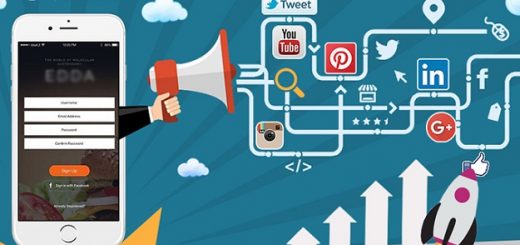For thousands of years, storytelling has been one of the most effective ways of communicating and building relationships with people. By telling stories, we are able to exchange knowledge, advertise, present and even recommend. Great stories give us insight into the meaning of the things around us. Storytelling can be used for different reasons ranging from capturing the attention of an audience during a presentation, selling a product to people or simply to engineer a positive atmosphere wherever we are. Stories can promote our everyday relationships- be it with humans or products.
How can you build effective storytelling skills that will help you build a strong audience? This article will highlight some key secrets which will help you apply storytelling effectively to get your audience connected and excited.

1. Focus on your audience
Building stories around your personal experiences some of the time is acceptable,but you should ensure that most of your stories are built around your audience. You must consider what they need to hear and not necessarily what you feel that you should tell. Ensure that your stories are not too prolonged. Keep it brief and precise. Note that telling stories about yourself could sometimes be nice and relevant, but the truth is that it will not keep your audience captivated for long. Tell a story that your audience can relate to so they will be engaged and remember what you are saying.
2. Study your environment
You can only find and build good stories if you are attuned to them. Studying your environment can help you do this. If, for instance, there are large amounts of data or even graphs and charts to work with, be sure to analyze and understand the meaning of these figures. Figures always tell a story and once you can master the art of understanding what the things around you tell you, then you can begin to see the larger picture.
3. Use storytelling visuals
When used appropriately, visuals provide an excellent avenue for great storytelling. You may use picture slides and videos as a way to tell your story. Using videos during storytelling can spark very strong emotions. A good video that fits your presentation perfectly will also give the audience an opportunity to breathe and enjoy the speech break.
4. Use a pen-and-paper draft
When you draft your presentation straight into PowerPoint or any other presentation software, you begin to focus only on what you have inputted in the software. You direct your attention only on the graphs and figures you prepared, instead of focusing on the point that should be made or on the story that should be told. Creating a pen and paper draft will keep your mind focused on what the actual story is and what points have to be made.
5. Rehearse
Get feedback by rehearsing your story in the presence of other people. They could be your colleagues at work. They will help give you honest feedback. Remember, if your story is wrong for the audience, then you’ve got some work to do to ensure your story resonates with them.
6. Evaluate yourself
One of the best ways to become excellent at storytelling is through self-evaluation. Make a video recording of yourself during rehearsal, watch the presentation and review it honestly. You know what a good presentation looks like, so you’ll be able to tell how well you did.




